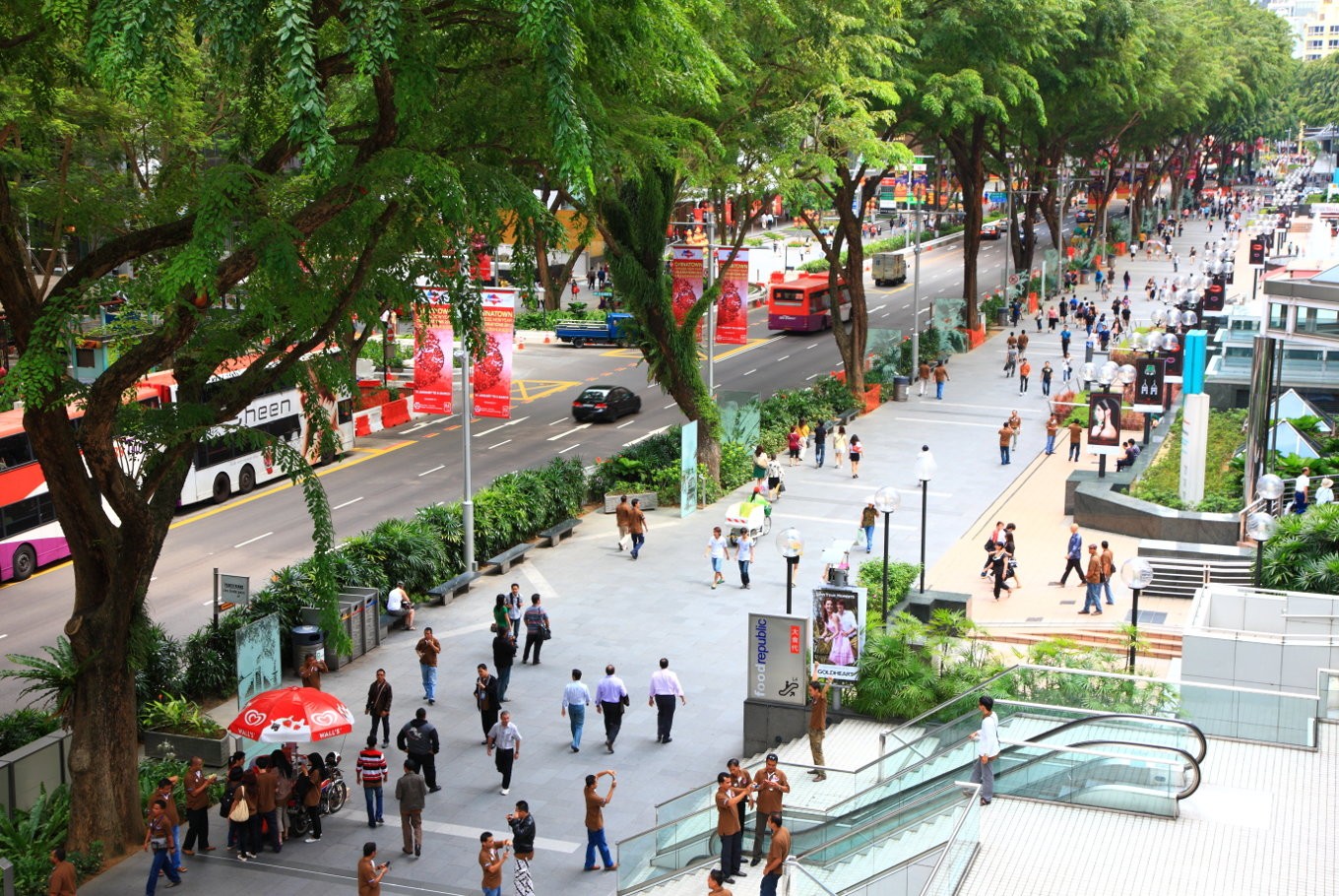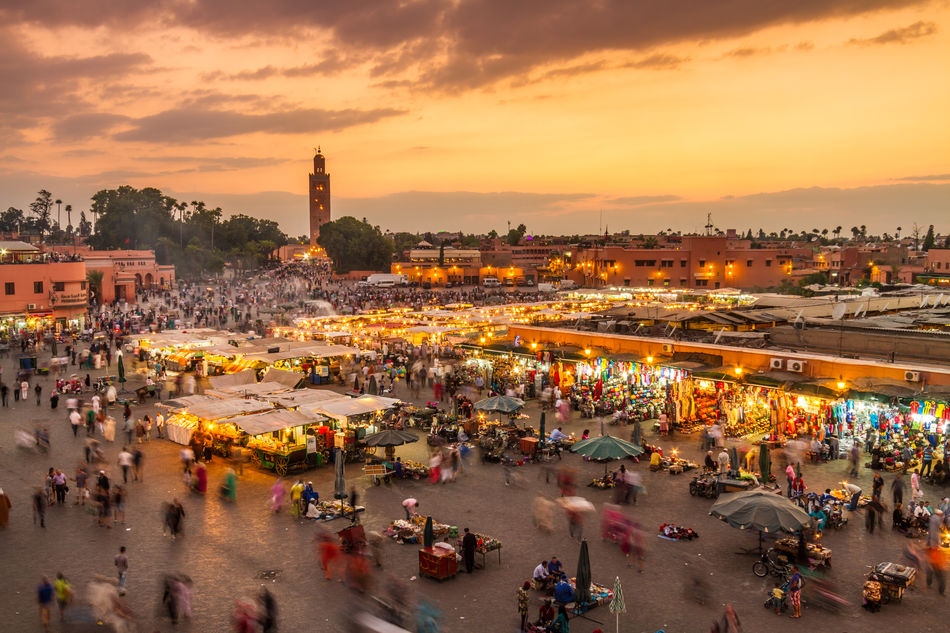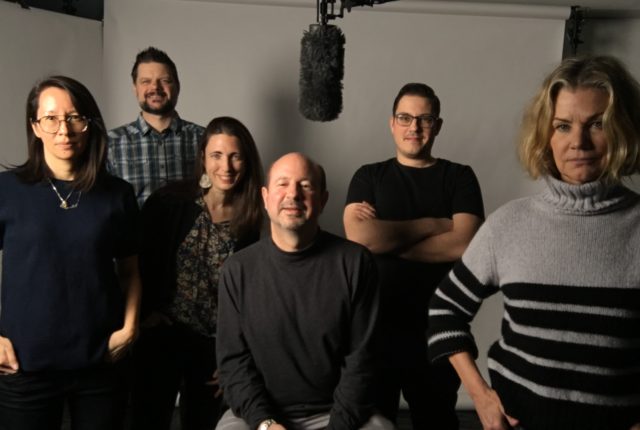By Sherlina Kaur
“Cultures and climates differ all over the world, but people are the same. They’ll gather in public if you give them a good place to do it,” said renowned Dutch urbanist Jan Gehl. This phenomenon can also be traced back to ancient agoras, Roman forums, and marketplaces, which have all been vital to human activities. Today, modern streets, parks, squares, and community spaces still breathe the most human life outdoors as people are collectively drawn to active and inviting spaces. Designing the right places will ensure a better and more sustainable quality of life (SDG 11).
Here are some urban fundamentals that make for exceptional public spaces.
1. Human-scaled
A proportionate space (to us humans) is an inviting space. Picture yourself in a comfortably enclosed space vs. streets of tall, intimidating buildings. The former brings order from chaos. That’s why European squares, Eastern courtyards, and streets lined by mid-rise buildings will feel more welcoming than towering city centers.
:max_bytes(150000):strip_icc():format(webp)/aerial-view-of-shopping-street-and-main-city-square-in-copenhagen-old-town--denmark-1137026486-9622d00fd26548658f37630f7c58af92.jpg)
2. Walkable (& Inclusive!)
Jeff Speck superbly breaks down the steps toward achieving a walkable city. It’s not only good for people’s health and wellbeing, but encourages social bonds and shared spaces where pedestrians, not cars, remain a priority. All that’s great; but to truly achieve inclusivity, people of all abilities must be able to experience it independently. Connected spaces, as barrier-free as possible, will greatly increase accessibility for all.

3. Environmentally Sustainable
Sustainable design practices will ensure our public spaces do not harm the environment, will be resilient, and are positive for the health and wellbeing of people. Besides the more common use of greenery and renewable energy, more thought should be given to microclimate-specific design. For example, a hot and humid area should prioritize shading, cooling surfaces (preventing trapped heat), and natural ventilation.

4. Active & Safe
Public spaces that are enjoyable with varying social activities (e.g. walking, playing, dining, etc.) will foster interactions. They give people a sense of belonging (like community building), making them desirable for time outside of home and work. This then contributes to the safety of the environment. The more people find use for a shared space, the safer it becomes. Jane Jacobs, an American urbanist, famously coined the term ‘eyes on the street,’ meaning people in a space are to have more open visibility of others for a shared purpose of keeping each other safe.

5. Memorable (Sense of Place)
Public spaces are loved when they are memorable. A space becomes a place when there is good form, activities, and also meaning attached to it. Places should tell stories, preserve histories, and possess a strong identity that can be easily remembered and treasured by people. Expressing heritage and culture through a place is one powerful way to evoke a sense of place.

A good city is like a good party – people stay longer than really necessary because they are enjoying themselves.
Jan Gehl
If you’d like to explore more topics on urban life, check out this free course by the Indian Institute of Human Settlements, brought to you by the SDG Academy: Shaping Urban Futures! Gain insights into the cities of tomorrow that will influence the future of our planet.

Sherlina Kaur
Sherlina has been an Education Manager at the SDG Academy since 2022.
She has a passion for liveable cities, especially after attaining her MSc in Sustainable Urban Design. Her built environment background also cuts across sustainability engineering, green buildings, passive design, and more.
Merging all parts of her world, she now aims to help with the transfer of knowledge of the SDGs – with a fondness for SDG 11!




